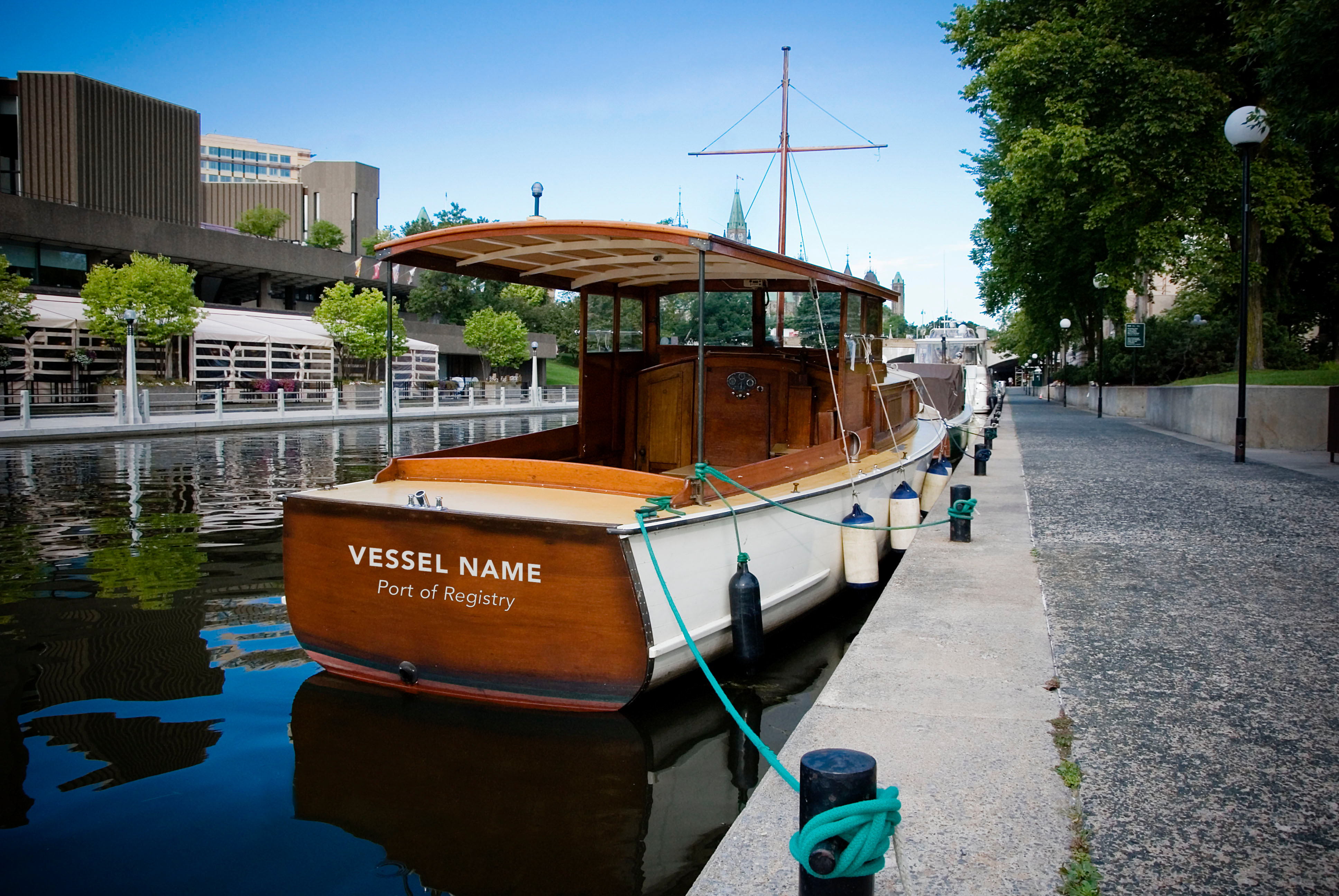Navigating the Waters: The Importance of Obtaining a Boat License
Boating enthusiasts and casual weekend sailors alike often find themselves drawn to the tranquility and adventure that the open waters provide. However, behind the serenity of a leisurely cruise lies the responsibility of ensuring safety for all aboard. This responsibility begins boat license bc with obtaining a boat license—a crucial step that not only enhances safety but also fosters a deeper understanding of maritime regulations and practices.

Understanding the Basics
A boat license, also known as a boating license or certificate, is a legal requirement in many regions for operating a boat. It serves as proof that the holder has completed the necessary training and understands the rules and responsibilities associated with boating. The specifics of licensing requirements vary by country and even by state or province within countries, but the core purpose remains consistent: promoting safety on the water.
Why Obtain a Boat License?
1. Safety First:
The foremost reason for obtaining a boat license is safety. Boating accidents can result in injuries, damage to property, and even loss of life. Proper training ensures that operators understand how to navigate waterways, handle emergencies, and adhere to regulations designed to prevent accidents.
2. Legal Compliance:
Operating a boat without the required license can lead to legal consequences, including fines or restrictions on future boating activities. Just as a driver’s license is necessary for operating a motor vehicle, a boat license demonstrates competence and adherence to maritime laws.
3. Environmental Awareness:
Many licensing courses include education on environmental stewardship. Understanding how to minimize one’s impact on marine ecosystems, such as avoiding sensitive habitats and properly disposing of waste, contributes to the preservation of aquatic environments for future generations.
4. Insurance Benefits:
Some insurance companies offer discounts to boaters who have completed a recognized boating safety course. This financial incentive not only offsets the cost of training but also encourages ongoing education and skill development.
The Path to Licensing
1. Education and Training:
To obtain a boat license, individuals typically need to complete a boating safety course approved by relevant authorities. These courses cover topics such as navigation rules, emergency procedures, and the basics of operating various types of watercraft.
2. Testing and Certification:
After completing the course, applicants may need to pass a written exam to demonstrate their knowledge of boating regulations and safety practices. Successful completion results in the issuance of a boat license or certificate.
3. Renewal and Ongoing Education:
Boat licenses are often valid for a set period and may require renewal. Additionally, staying informed about changes in maritime laws and advancements in boating technology through continuing education ensures that boaters remain competent and responsible on the water.
Conclusion
In conclusion, obtaining a boat license is not merely a legal requirement but a commitment to safety, environmental stewardship, and responsible recreation. It empowers boaters with the knowledge and skills needed to navigate the complexities of maritime environments confidently. Whether you’re a seasoned sailor or a novice enthusiast, investing in proper boating education and licensing ensures that every voyage is a safe and enjoyable experience for all aboard. So, before you set sail on your next aquatic adventure, remember: a boat license is your ticket to navigating the waters responsibly and with peace of mind.
